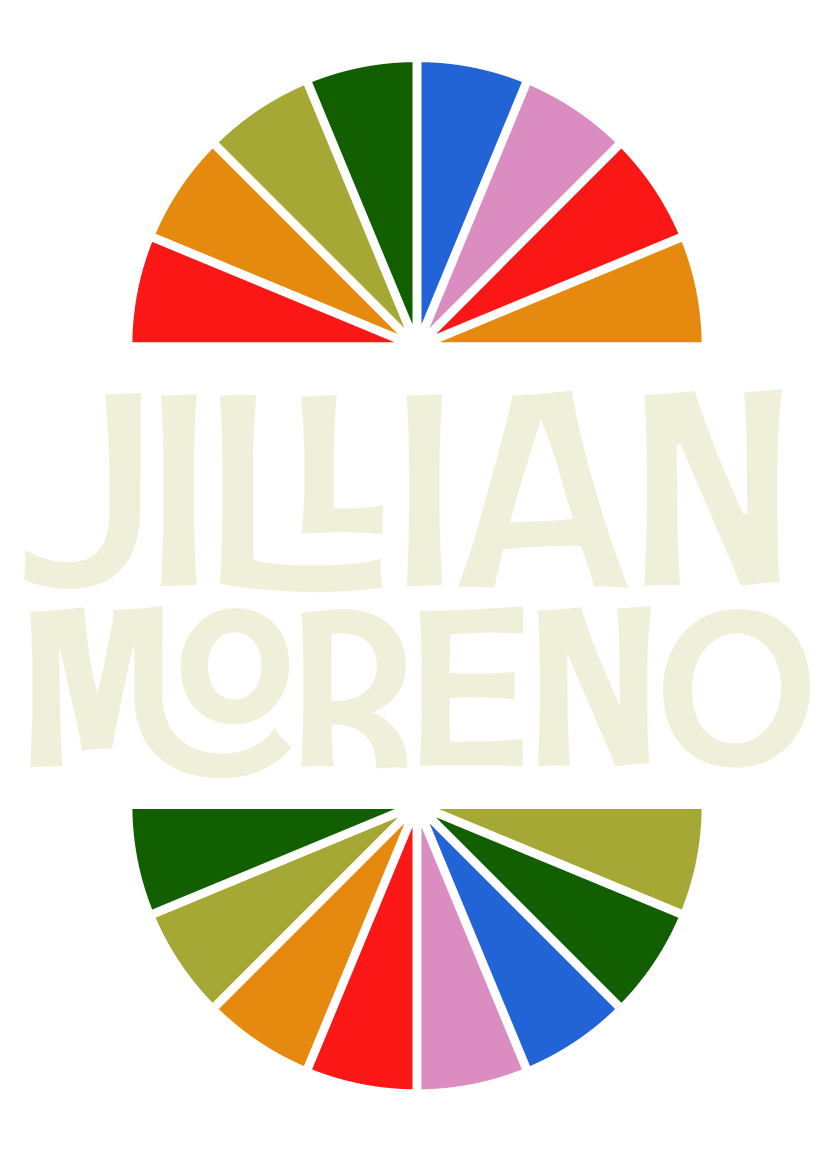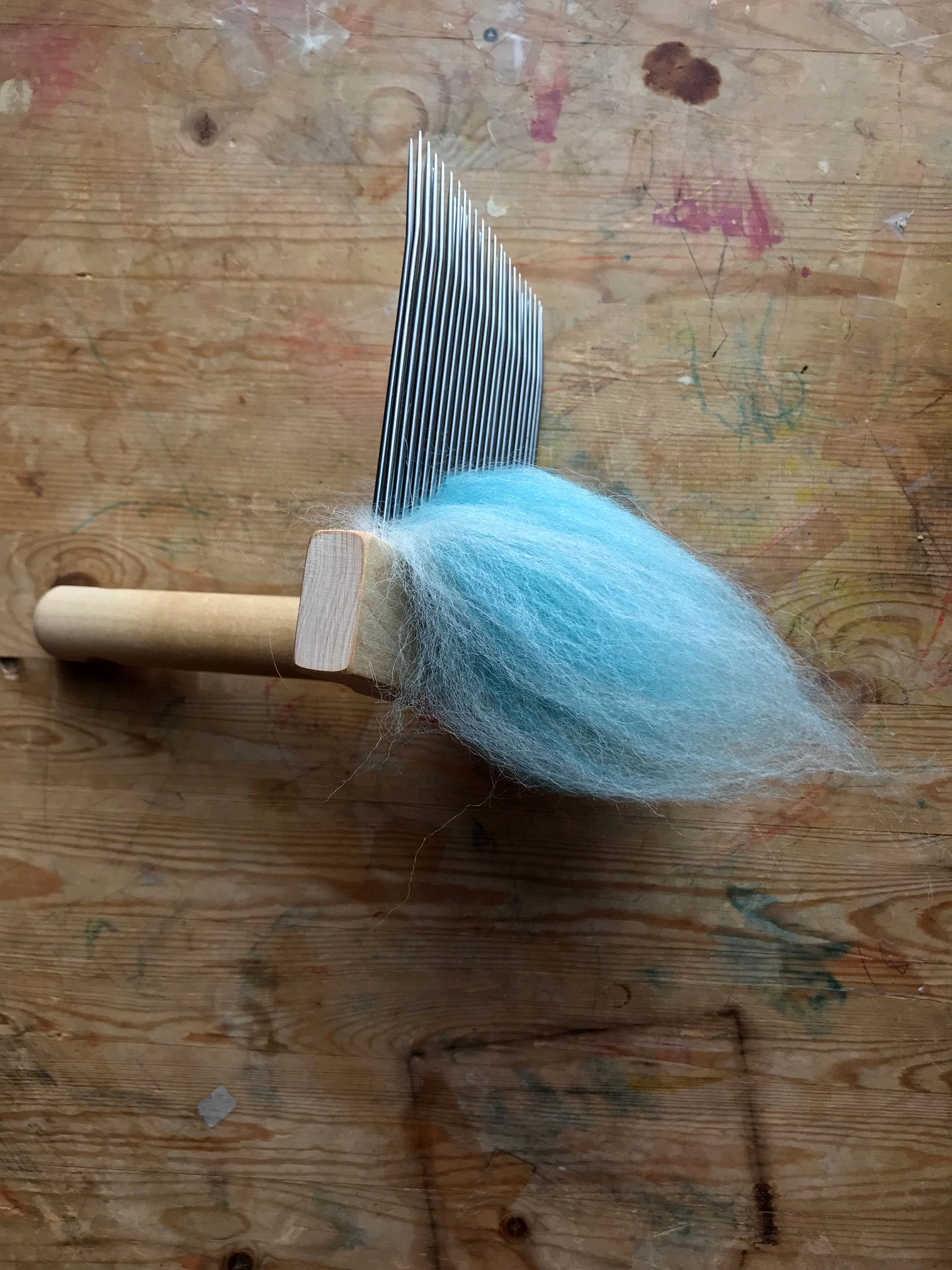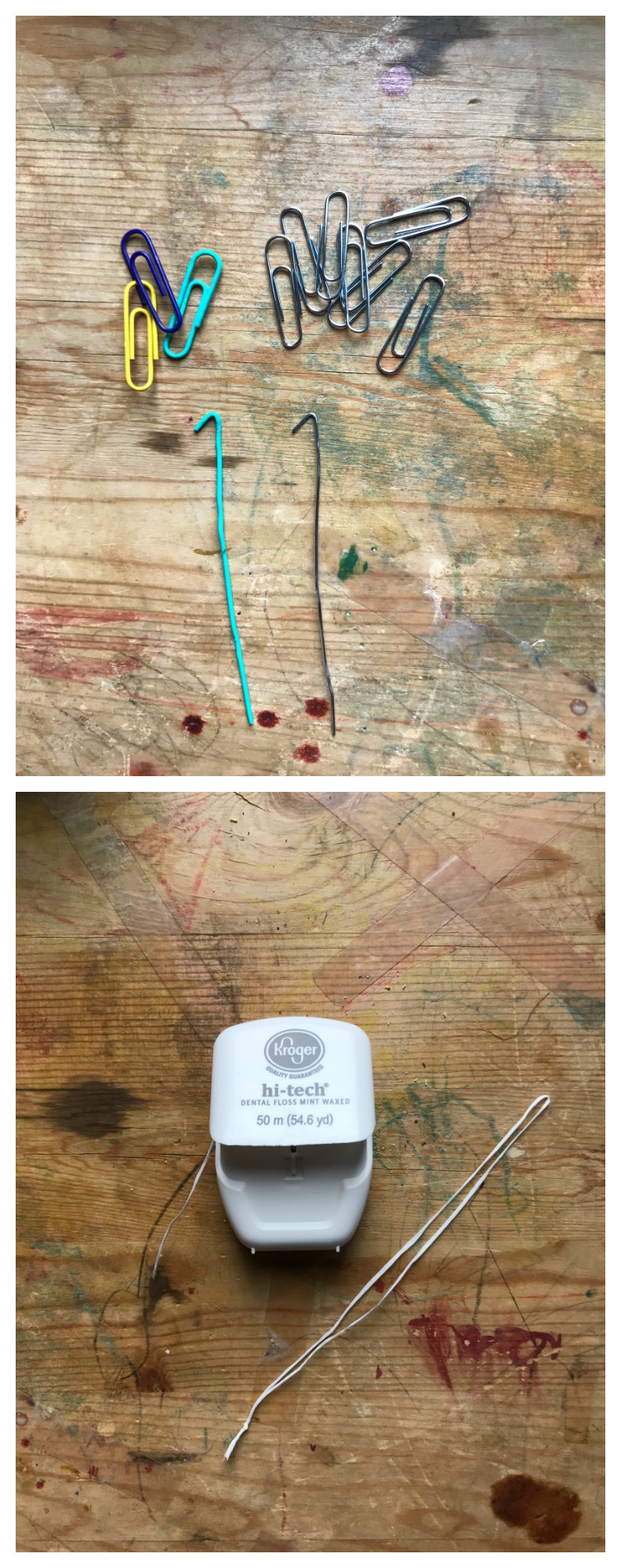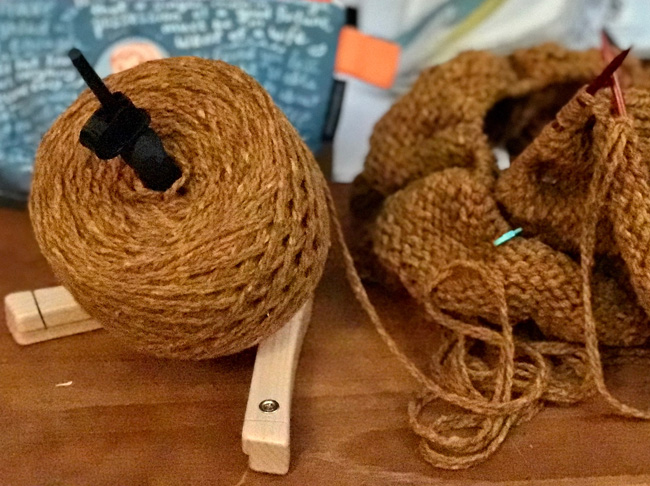Remember this Nest BFL fiber I spun and knit a tiny sample out of becasue I thought I might want to weave it?
Well I bought a weft yarn, naturally dyed, laceweight, merino/silk from Sincere Sheep. 1,200 yards will get me a lot of weaving.
I am crazy about the color Kung Hei Fat Choi, a red tht's more than just a red. Natural dyeing will do that, it has so much else happening. To me it's red with some electric pink pour into it, and maybe a little orange or gold around the edges
Before I just jump on my loom I wanted to make sure that the red of Sincere Sheep will go with the red in the Nest BFL, so I wove a tiny swatch.
The sett is 8 epi on a Purl and Loop Wee Weaver. I wove it at about the same picks per inch. The swatch is tiny but I can see the reds play very well together.
When I weave it on my Cricket I'll keep it at 8 epi, and maybe weave it less than a balanced weave, a little more open.
The rest of my yarn is outside drying. It's above freezing! In Michigan! Then it's math time before the warping and spinning.
It's going to be a scarf with some twisted fringe. Right now, I'm happy with the idea of just weaving scarves.


















